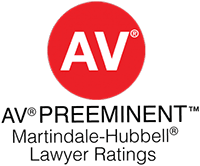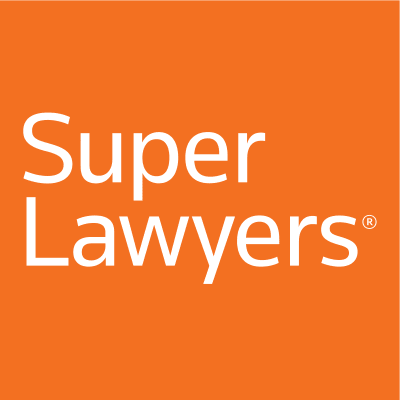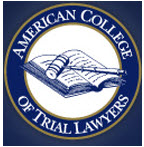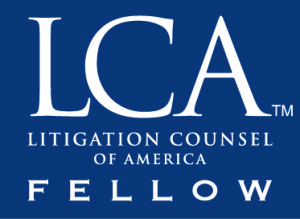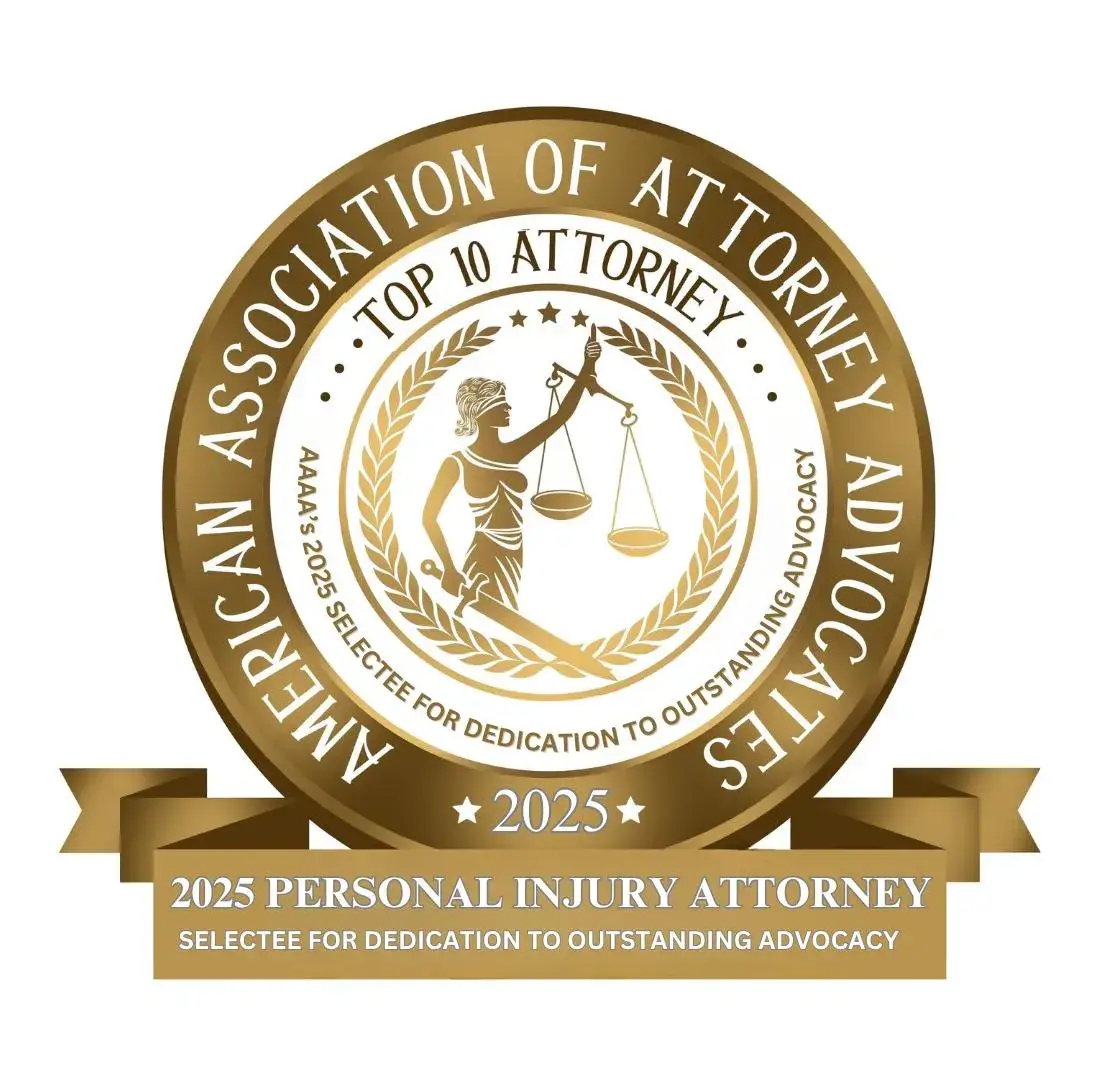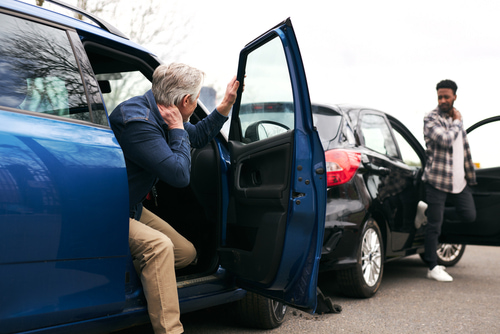
Who Is at Fault in a Rear-End Accident?
Rear-end collisions are among the most common motor vehicle accidents in the United States. While they may seem straightforward, determining legal fault is not always automatic. Many drivers assume that the rear driver is always liable, but liability can shift depending on the facts of the case.
Establishing fault is central to whether an insurance claim is approved, how much compensation is awarded, and whether litigation may be necessary. Insurance adjusters rely on fault to assign financial responsibility, while courts evaluate evidence to determine whether one or more parties acted negligently.
This article by Maggiano, DiGirolamo & Lizzi, PC, explains who is at fault in a rear-end accident, how fault is evaluated in rear-end accidents, when exceptions may apply, how state laws influence liability, and what steps an injured party can take to preserve their rights.
Who is at fault in a rear-end accident?
- The rear driver is usually presumed at fault because they’re expected to maintain a safe following distance under NY and NJ traffic laws.
- This presumption can shift if the front driver made a sudden stop, reversed unexpectedly, or had broken brake lights.
- Multi-car crashes involve complex fault analysis based on impact sequence, driver spacing, and reaction times.
- Comparative fault rules apply: New York allows recovery even if you’re mostly at fault, while New Jersey bars recovery if you’re 50% or more responsible.
- Evidence like dashcam footage, police reports, and EDR data is crucial to proving who caused the crash.
- Rear-end accidents can cause whiplash, brain injury, and spinal damage, making injury documentation vital for claim value.
- A car accident lawyer can help if there are disputes over fault, low settlement offers, or serious injuries.
Is the Rear Driver Always at Fault for a Rear-end Accident?
In New York and New Jersey, the default legal assumption is that the rear driver is at fault in a rear-end collision. This presumption arises from the basic duty of care, which requires drivers to maintain a safe following distance and control their vehicle to avoid hitting the one in front.
Examples of traffic laws that impose specific responsibilities on drivers
- New York. Under New York Vehicle and Traffic Law § 1129(a), drivers must “not follow another vehicle more closely than is reasonable and prudent,” taking into account the speed of traffic and roadway conditions.
- New Jersey. According to New Jersey Statutes § 39:4-89, drivers are prohibited from following more closely than is “reasonable and prudent,” considering the traffic speed and the highway’s condition.
These laws create a rebuttable presumption of negligence for the rear driver in a rear-end crash. Insurers and courts often begin with this presumption during the fault determination process.
However, the presumption is not absolute.
Liability may shift or be shared if evidence shows that the lead driver contributed to the crash, for example, by making a sudden and unnecessary stop, having non-functioning brake lights, or engaging in an illegal maneuver.
Multi-Car Rear-End Collisions and Chain Reaction Liability
Although the rear driver is generally presumed liable, several exceptions can reduce or eliminate that liability. The law recognizes that the front driver’s conduct can sometimes contribute to a collision.
The following are common scenarios where the front driver may share fault.
- Sudden and unnecessary stops. If a driver slams on the brakes for no reason, particularly in flowing traffic, they may bear partial responsibility for the collision.
- Reversing unexpectedly. When a vehicle reverses into another vehicle from a stopped or parked position, the driver backing up is often at fault.
- Malfunctioning brake lights. If the lead driver’s brake lights are not functioning, the rear driver may not have sufficient warning to stop in time.
- Brake-checking or aggressive driving. Deliberate sudden braking intended to intimidate or provoke another driver may result in a shared fault finding.
Each scenario introduces factual disputes requiring careful review of witness statements, police reports, and physical evidence. Courts apply negligence principles to determine whether either party failed to act reasonably under the circumstances.
Determining fault in multi-vehicle rear-end crashes depends on several factors:
- Position in the chain. The initial impact is often assigned more weight than subsequent collisions. For example, if Car A rear-ends Car B, and Car B is pushed into Car C, Car A may be responsible for both B and C damage.
- Driver reaction times. If each driver had enough time to stop after observing the car ahead but failed to do so, fault may be assigned individually rather than to the initial impact.
- Spacing and speed. Courts and insurers examine whether each driver maintained proper spacing given traffic and weather conditions.
Evidence plays a critical role in assigning fault:
- Photos of damage can indicate the sequence of impacts
- Skid marks and final vehicle positions help reconstruct the order of events
- Dashcam footage and witness testimony can confirm or dispute driver accounts
In many cases, drivers in the middle of the chain may be both victims and at-fault parties, depending on their actions. For instance, a driver who was struck from behind and then struck the car ahead may still be partially liable if they were following too closely or distracted at the time of the collision.
State-Specific Rules of Fault and Compensation in New York and New Jersey
New York and New Jersey have different rules governing fault and financial recovery in rear-end accidents. While both states allow compensation in cases involving shared fault, the framework used to evaluate and apportion liability differs.
New York: Pure Comparative Fault
New York follows a pure comparative fault system under CPLR § 1411. This means an injured party can recover damages even if they were primarily responsible for the crash. The recovery is reduced in proportion to their percentage of fault. For example, if a driver is 80 percent at fault, they may still recover 20 percent of their total damages.
New Jersey: Modified Comparative Fault
New Jersey applies a modified comparative fault rule under N.J.S.A. § 2A:15-5.1. A party may recover compensation only if they are less than 50 percent at fault. If a plaintiff is found to be 50 percent or more responsible for the accident, they are barred from recovering any damages. If the plaintiff’s fault is below 50 percent, the recovery is reduced by that percentage.
Additional State-Specific Legal Considerations:
Statute of Limitations
- In New York, personal injury claims must generally be filed within three years from the accident date (CPLR § 214).
- In New Jersey, the statute of limitations is two years (N.J.S.A. § 2A:14-2).
Punitive Damages
- Available in both states but awarded only in cases involving gross negligence or intentional misconduct.
- Courts apply a high evidentiary threshold and rarely grant punitive damages in standard rear-end collision cases.
No-Fault Insurance Systems
- New York uses a no-fault insurance system, meaning injured parties typically seek initial compensation through their own personal injury protection (PIP) coverage unless they meet the “serious injury” threshold required to file a lawsuit against the at-fault driver.
- New Jersey also operates under a no-fault framework, but drivers can choose between a ‘limitation on lawsuit’ option and an ‘unlimited right to sue’ policy, which affects the ability to recover non-economic damages.
These jurisdictional rules directly influence how rear-end accident claims are evaluated and resolved. Legal strategies and recovery potential vary depending on where the collision occurred and how each state’s comparative fault laws apply.
What Types of Evidence Help Determine Fault in a Rear-end Crash?
Fault in a rear-end collision is often presumed, but insurers and courts still require documentation to confirm liability. Evidence is the foundation for legal arguments and insurance claim decisions—the more complete the documentation, the stronger the claim or defense.
Key forms of evidence include.
- Photographs. Images of vehicle damage, skid marks, roadway debris, and traffic signs can help reconstruct the sequence of events. Damage patterns often indicate which vehicle initiated the impact.
- Dashcam footage. Video evidence provides real-time context, capturing traffic flow, brake use, turn signals, and potential erratic driving. It is invaluable in disputed liability cases.
- Police reports. Officers typically include witness statements, driver narratives, and initial fault assessments. Citations issued at the scene may also weigh into liability determinations.
- Witness statements. Independent observers can verify or challenge claims made by the drivers involved. Their accounts are often considered credible, particularly when neither driver admits fault.
- Electronic data recorders (EDRs). Many modern vehicles contain EDRs that log vehicle speed, brake application, and throttle position before impact.
Timely evidence collection is important. Photographs should be taken before vehicles are moved, and statements should be recorded while memories remain fresh. When an attorney becomes involved early, they can issue preservation letters to secure video from nearby businesses or government traffic cameras.
Medical Injuries and Their Role in Determining Damages
Rear-end accidents frequently cause injuries that are not immediately visible. These injuries often involve soft tissue damage and neurological strain resulting from the force of impact.
Common injuries include:
- Whiplash. Rapid backward and forward movement of the neck can stretch muscles and ligaments. Symptoms often develop within 24 to 48 hours.
- Back strain or herniated discs. Spinal injuries may cause chronic pain, restricted movement, or radiating numbness.
- Concussions or mild traumatic brain injury (TBI). A jolt to the head, even without direct impact, can result in cognitive symptoms such as headaches, memory loss, or dizziness.
- Shoulder and knee trauma. Drivers and passengers bracing for impact may suffer joint injuries due to unnatural positioning or collision force.
- Soft tissue injuries. Muscle sprains and contusions are common and may require physical therapy.
Medical records play a central role in evaluating the severity of an injury and determining compensation. Documentation should include diagnostic imaging, treatment plans, and provider notes describing pain levels and physical limitations.
Delay in treatment can affect claim value. Insurers often argue that delayed care signals minor injury or unrelated causes. Prompt evaluation supports both medical recovery and legal positioning.
Insurance Claim Process After a Rear-End Accident
Filing a claim after a rear-end collision typically involves interacting with one or more insurance companies. The claim may be filed under liability, collision, or medical payments coverage, depending on the facts and applicable policies.
Types of Rear-end Accident Claims
- Third-party claims. Filed with the at-fault driver’s insurer. These claims cover property damage, medical expenses, lost wages, and pain and suffering. Third-party claims require evidence of liability and damages.
- First-party claims. Filed with your own insurer under collision coverage or personal injury protection (PIP). First-party claims may offer faster payment but often involve deductibles.
- Uninsured or underinsured motorist (UM/UIM) claims. Filed when the other driver lacks adequate insurance or flees the scene. This coverage is optional in many states but recommended due to increasing rates of uninsured drivers.
The insurance company may request:
- A statement describing the accident
- Photographs of damage
- Medical records and billing statements
- Proof of income if wage loss is claimed
Insurers are not required to accept fault or pay the full amount requested. If the insurer disputes liability or offers a low settlement, further negotiation or legal action may be necessary. Claimants are not obligated to give recorded statements to the other party’s insurer and should consult legal counsel before doing so.
How Much is a Rear-end Accident Worth?
Settlement values vary based on injury severity, documented losses, and available coverage. Each case is evaluated on its individual merits, but general ranges provide guidance.
Estimated Settlement Categories
- Minor injuries (e.g., soft tissue strains, short-term discomfort). $5,000 to $25,000
- Moderate injuries (e.g., disc herniations, extended physical therapy). $25,000 to $75,000
- Severe injuries (e.g., surgeries, permanent impairment). $100,000 and above
What Factors Affect Claim Values?
- Total medical expenses
- Duration and intensity of treatment
- Lost income and projected future earnings loss
- Degree of past and future physical pain and emotional distress
- Evidence strength and liability clarity
- Comparative fault issues
- Insurance policy limits
Insurers often make an initial offer that does not reflect the claim’s full value. Accepting early settlements may result in forfeiting compensation for future medical needs or unresolved symptoms.
When to Contact a Rear-end Car Accident Attorney
Legal representation may be necessary when liability is disputed, injury is significant, or negotiations stall. An experienced rear-end crash lawyer can assess the claim’s legal strength, project damages, and advocate for fair compensation.
Common Scenarios That Justify Attorney Involvement
- The insurer denies liability or delays claim processing
- Medical bills exceed $5,000 or involve specialist referrals
- The injured party misses more than a few days of work
- The crash involves multiple vehicles or government entities
- The insurer offers a settlement without reviewing full documentation
- Comparative fault is alleged
How Rear-End Collision Attorneys Can Help Your Case
- Gathering and organizing evidence
- Coordinating with medical providers
- Drafting demand letters
- Negotiating settlement terms
- Filing lawsuits when necessary
Most car accident attorneys accept cases on a contingency fee basis, meaning they are paid only if compensation is recovered.
Contact Maggiano, DiGirolamo & Lizzi, PC About a Rear-End Accident Claim
Legal representation and guidance are available if you were injured in a rear-end collision in New York or New Jersey. Maggiano, DiGirolamo & Lizzi, PC provides focused representation for individuals dealing with injury claims involving disputed fault, shared liability, or significant damages. Our attorneys manage the legal process so you can focus on recovery.
We will:
- Review the facts of your accident and determine liability
- Gather and organize evidence to support your claim
- Handle insurance negotiations and prepare the case for trial if needed
- Protect your rights under New York and New Jersey law
- Obtain the maximum compensation you deserve
Call (201) 585-9111 or complete our contact form to speak with a rear-end accident attorney for a free consultation. There are no legal fees unless compensation is recovered.






